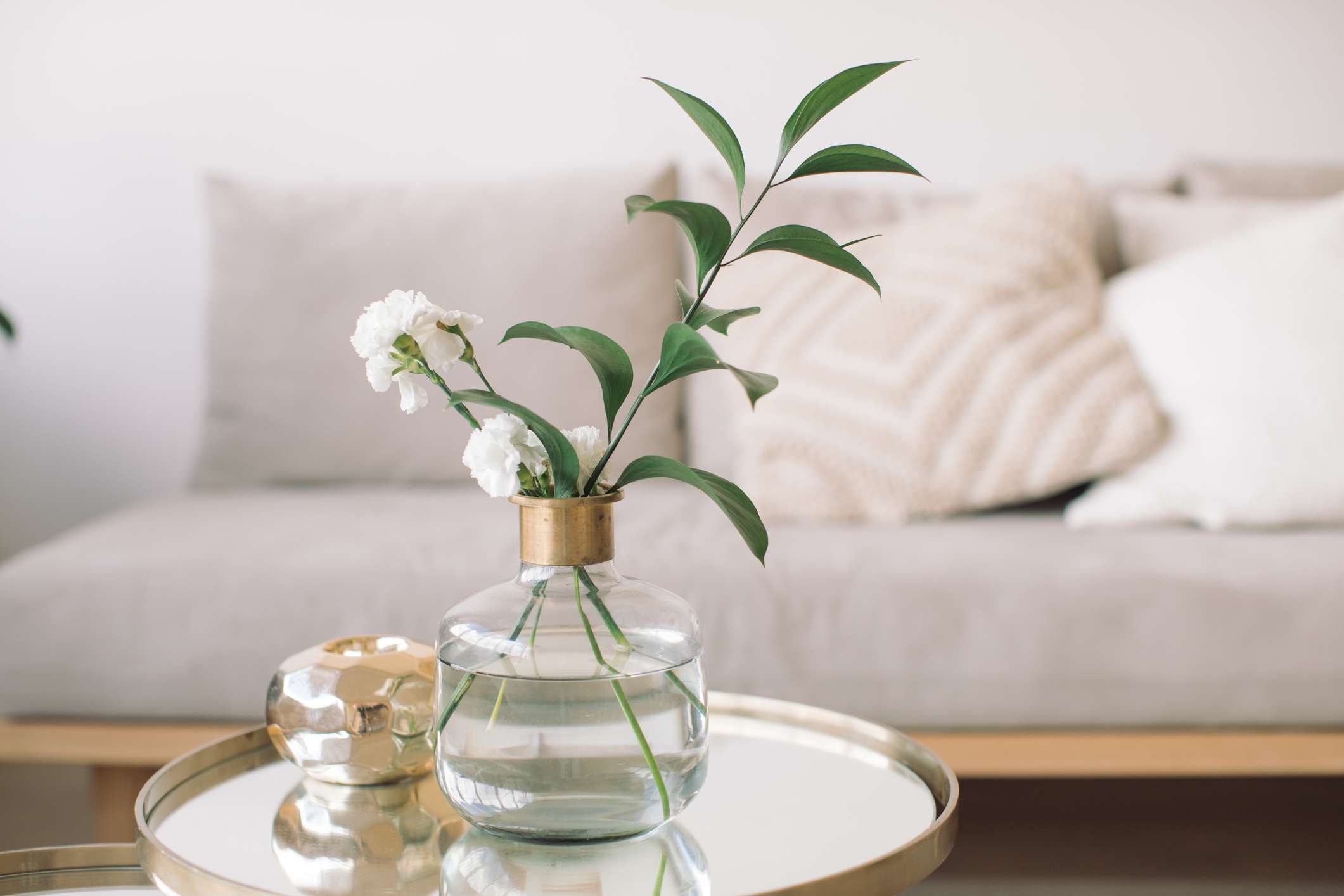

Articles
What Are Vases For
Modified: February 17, 2024
Discover the various uses and importance of vases with our informative articles. Explore different types of vases and how they enhance your home decor.
(Many of the links in this article redirect to a specific reviewed product. Your purchase of these products through affiliate links helps to generate commission for Storables.com, at no extra cost. Learn more)
Introduction
Vases are more than just containers for flowers or decorative pieces in a room. They have a rich history, serve various functional purposes, and hold cultural significance in different societies. Over the years, vases have evolved in design and style, becoming a staple in art and interior design.
In this article, we will delve into the fascinating world of vases, exploring their history, different types, functionality, decorative uses, cultural significance, and their presence in art and design. Whether you have a passion for antique vases or simply appreciate their aesthetic appeal, this article will provide you with valuable insights into their significance and care.
Key Takeaways:
- Vases are not just decorative objects; they hold a rich cultural significance, serving as vessels for artistic expression and symbols of beauty and creativity throughout history.
- From ancient civilizations to modern-day art and design, vases have evolved in style and design, becoming integral elements in various cultures and artistic expressions.
Read more: What Are Bud Vases
History of Vases
The history of vases can be traced back thousands of years to ancient civilizations. Vases were initially created for practical purposes, such as storing liquids or holding food. They were made from various materials, including ceramic, glass, metal, and even precious stones.
One of the earliest known forms of vases can be found in ancient Egypt, where clay pots and jars were used to hold water, wine, and offerings for the deceased. These vases often featured intricate designs and hieroglyphic inscriptions, reflecting the religious and spiritual beliefs of the Egyptians.
In ancient Greece, vases played a significant role in daily life and cultural practices. Greek pottery, known for its exquisite craftsmanship, depicted scenes from mythology, historical events, and everyday life. These vases were highly prized and were often used as grave markers or offerings in religious ceremonies.
During the Renaissance period in Europe, vases took on a new level of sophistication and artistic expression. Porcelain vases from China became highly sought after and admired for their intricate designs and delicate craftsmanship. In Europe, notable ceramic centers such as Delft in the Netherlands and Meissen in Germany produced elegant vases adorned with floral motifs and intricate patterns.
The 19th century brought about the rise of the Art Nouveau movement, which revolutionized the design of vases. Artists like Emile Gallé and Louis Comfort Tiffany created stunning glass vases with organic shapes and vibrant colors, inspired by nature and the beauty of the natural world.
Today, vases continue to evolve in design and technique. Contemporary vases can be found in a wide range of materials, including glass, ceramic, metal, and even recycled materials. Modern artists and designers push the boundaries of creativity, experimenting with innovative shapes, textures, and colors to create unique and visually striking vases.
From their humble beginnings as utilitarian vessels to the intricate works of art seen today, vases have captured the imagination of people throughout history. They serve as a testament to the craftsmanship and creativity of artisans from different cultures and eras, leaving behind a rich legacy that continues to inspire and awe.
Different Types of Vases
Vases come in a wide variety of shapes, sizes, and styles, each designed for specific purposes or aesthetic preferences. Whether you’re looking to display a single flower or create a stunning centerpiece, there’s a vase to suit every need. Here are some of the most common types of vases:
- Bud vase: A small, slender vase designed to hold a single flower or a small bouquet. Bud vases are perfect for creating simple and elegant floral arrangements.
- Cylinder vase: These tall, cylindrical vases are versatile and can accommodate various types of floral displays. They are often used for creating dramatic and modern arrangements.
- Trumpet vase: Characterized by their wide, flared opening and elongated body, trumpet vases are ideal for showcasing large bouquets or cascading floral arrangements.
- Urns: These vases have a decorative shape with a wide body and narrower neck. They are commonly used for displaying larger arrangements of flowers or for holding branches.
- Decorative bowls: While not technically vases, decorative bowls can be used to hold flower petals, floating candles, or other decorative elements for a unique and creative centerpiece.
- Amphora vase: Originating from ancient Greece, these vases have characteristic elongated bodies with two handles at the neck. Amphora vases are often used as decorative pieces or as a nod to classical aesthetics.
- Flask vase: Resembling a flask or bottle, these vases have a narrow neck and a rounded or oval body. They are ideal for showcasing a few stems or branches.
- Bowl vase: As the name suggests, bowl vases have a wide, shallow body with a broad opening. They are perfect for creating low arrangements or displaying floating flowers.
These are just a few examples of the many types of vases available. Each type offers its own unique aesthetic appeal and functionality, allowing you to choose the perfect vase for any occasion or decorative preference.
Functionality of Vases
Vases serve various functional purposes beyond being mere decorative objects. Here are some key functions that vases fulfill:
1. Holding and displaying flowers: The primary function of a vase is to hold and display flowers. By providing a stable and water-filled base, vases allow flowers to stand upright, enhancing their natural beauty and allowing them to be showcased in a visually pleasing way.
2. Extending the lifespan of flowers: Vases play a crucial role in keeping cut flowers fresh. By filling a vase with water and adding floral preservatives, flowers can stay hydrated, prolonging their lifespan. This helps to maintain the aesthetic appeal of the arrangement for a longer period.
3. Creating floral arrangements: Vases provide a foundation for creating various floral arrangements. They allow for arranging flowers in different styles, such as bouquets, cascades, or clustered arrangements. Different types of vases also offer the opportunity to experiment with different design techniques and aesthetics.
4. Collecting and displaying natural elements: Vases can be used to collect and display natural elements other than flowers, such as branches, leaves, or dried decorative grasses. This allows you to bring elements from nature indoors, adding a touch of freshness and beauty to your living space.
5. Acting as a centerpiece: Large and decorative vases can serve as eye-catching centerpieces in a room. Placing a beautifully arranged vase in a prominent position can instantly elevate the visual appeal of the space and serve as a focal point.
6. Storing small items: Vases with narrow openings can be used to store small items such as pens, paintbrushes, or kitchen utensils. This dual functionality adds practicality to their decorative nature, making them useful in various settings.
7. Gift-giving: Vases are a popular gift choice for special occasions or as a gesture of appreciation. They are versatile and can be personalized to suit the recipient’s taste, making them a thoughtful and long-lasting gift option.
With their practical functions and versatility, vases serve as more than just decorative pieces. They add beauty, freshness, and functionality to any space, making them an essential element of interior design and everyday life.
Decorative Uses of Vases
Vases are not only functional but also provide endless possibilities for adding style and enhancing the aesthetics of any space. Here are some popular decorative uses of vases:
1. Standalone Decor: A beautifully designed vase can make a statement on its own. Placing a vase in a strategic location, such as a mantelpiece, shelf, or entryway table, can instantly elevate the ambiance and add a touch of elegance to the room.
2. Centerpieces: Vases are commonly used as centerpieces for dining tables, coffee tables, or event spaces. By arranging flowers, branches, or other decorative elements in a vase and placing it in the center, you can create a visually stunning focal point that adds a sense of occasion and style to any gathering.
3. Seasonal Decor: Vases can be used to reflect the changing seasons. By incorporating seasonal flowers, foliage, or decorative items into a vase, you can add a festive or cozy touch to your home. For example, a vase filled with spring flowers or autumn leaves can instantly bring the essence of the season indoors.
4. Color Coordination: Vases offer an opportunity to introduce color into a space. By carefully selecting vases in complementing or contrasting colors, you can create visual interest and coordinate them with other elements of the room, such as furniture, artwork, or textiles.
5. Artistic Arrangements: Vases provide a canvas for artistic expression. By arranging flowers or decorative items in a creative and unique way, you can transform a simple vase into a work of art. Experiment with different colors, textures, and heights to create visually captivating arrangements.
6. Mixing and Matching: Vases come in a variety of shapes, sizes, and materials. Mixing and matching vases with different designs or combining them with other decorative items, such as sculptures, candles, or books, can create an eclectic and visually dynamic display.
7. Personalization and Themes: Vases can be customized to suit your personal style or a specific theme. For example, a beach-themed vase could feature seashells or sand, while a vintage-themed vase may be adorned with lace or antique elements. Personalizing vases allows you to infuse your own personality and unique style into your home’s decor.
With their versatility and decorative potential, vases are essential elements in interior design. They allow you to express your creativity, create focal points, and add beauty and charm to any space.
When using vases, consider the size and shape of the flowers you want to display. Taller vases work well for long-stemmed flowers, while wider vases are better for fuller arrangements.
Read more: What To Put In A Glass Vase
Cultural Significance of Vases
Vases hold profound cultural significance in various societies around the world. They are often deeply rooted in traditions, religious ceremonies, and artistic expressions. Here are some examples of the cultural significance of vases:
1. Ancient China: Vases have played a significant role in Chinese culture for centuries. Ceramic vases, such as the iconic blue and white porcelain, are revered for their delicate craftsmanship and symbolic meaning. Vases were used as gifts, offerings, and important elements in traditional Chinese weddings and ancestral worship ceremonies.
2. Japanese Ikebana: In Japan, floral arrangement is considered an art form known as Ikebana. Vases, or “kado” in Japanese, hold great importance in this practice. The selection of the vase, its shape, and its placement are all carefully considered to harmonize with the chosen flowers and create a balanced and elegant composition.
3. Native American Pottery: Native American tribes have a long history of pottery-making, with vases serving both functional and ceremonial purposes. Intricate designs and patterns are often used to symbolize cultural heritage, spirituality, and storytelling. The significance of pottery, including vases, varies among different tribes, representing their unique traditions and beliefs.
4. Islamic Art: Vases are prominent in Islamic art, representing both functional and decorative significance. Islamic vases often feature intricate geometric patterns and calligraphy, reflecting the cultural and religious values of the Islamic world. They are highly admired for their exquisite craftsmanship and are commonly found in mosques and palaces.
5. Greek and Roman Pottery: Vases were integral to the art and culture of ancient Greece and Rome. Greek vases, such as the amphora and krater, depicted scenes from mythology, historical events, and daily life. These vases served as vessels for wine, water, and oil, and were also used in religious rituals. Roman vases, particularly the famous “Terra Sigillata” pottery, were highly prized for their ornate designs and intricate details.
6. African Pottery: African pottery, including vases, plays a significant role in the continent’s diverse cultures. Different African tribes have unique pottery traditions and techniques, often passed down through generations. Vases are used for various purposes, such as storage, cooking, or as ceremonial objects. They are often adorned with symbolic patterns and motifs representing the tribe’s beliefs and cultural heritage.
7. Balinese Offering Vases: In Bali, Indonesia, vases are an integral part of daily rituals and religious ceremonies. Offering vases, known as “canang sari,” are filled with colorful flowers, rice, and other symbolic items as offerings to the gods. These vases symbolize devotion, gratitude, and connection to the spiritual realm.
Vases hold cultural significance beyond these specific examples, as they often represent the artistic, religious, and historical heritage of a particular culture. They are not merely decorative objects but sacred artifacts that carry traditions and stories from generations past.
Vases in Art and Design
Vases have long been a source of inspiration for artists and designers, transcending their functional purpose to become objects of beauty and creative expression. Here are a few ways in which vases have influenced art and design throughout history:
1. Still Life Paintings: Vases have been a popular subject in still life paintings, allowing artists to showcase their technical skill in capturing the intricate details of flowers and vase designs. Artists like Vincent van Gogh and Henri Matisse immortalized vases in their artwork, using them as focal points and exploring the interplay of colors, textures, and light.
2. Art Nouveau Movement: In the late 19th and early 20th centuries, vases became an integral part of the Art Nouveau movement, which emphasized flowing lines, organic forms, and nature-inspired designs. Artists like Émile Gallé and Louis Comfort Tiffany created stunning glass vases with intricate patterns and vibrant colors, revolutionizing the art of glassmaking.
3. Contemporary Sculpture: Vases have also influenced modern sculpture, with artists experimenting with unconventional shapes and materials. From ceramic vases transformed into abstract sculptures to glass vases contorted into unique forms, contemporary artists blend functionality with artistic expression to create visually striking pieces.
4. Interior Design: Vases play a crucial role in interior design, adding dimension, color, and texture to a space. Designers often use vases as focal points, layering them with flowers, branches, or decorative elements to create visually captivating arrangements. Vases can complement the overall décor style, whether it’s a minimalist approach or an eclectic mix of patterns and colors.
5. Architectural Elements: Vases are not limited to smaller-scale artwork. They have also been incorporated into architectural design, particularly in ancient civilizations. From the ornate columns and facades of Greek temples adorned with intricate carvings of vases, to the decorative tiles and motifs inspired by vases in Islamic architecture, vases have served as design elements that speak to the cultural and aesthetic values of a society.
6. Industrial Design: Vases have also influenced the world of industrial design, inspiring the creation of functional objects that mimic their graceful forms. Designers have developed innovative vases using materials like recycled plastic, wood, and metal, incorporating modern technologies to create unconventional shapes and textures.
Vases continue to inspire artists and designers, pushing the boundaries of creativity and design. They serve as a bridge between art and functionality, enriching our visual experiences and bringing beauty into our everyday lives.
Caring for Vases
Proper care and maintenance are essential for preserving the beauty and longevity of your vases. By following a few simple practices, you can ensure that your vases stay in optimal condition. Here are some tips for caring for your vases:
1. Cleaning: Regularly clean your vases to remove dirt, dust, and residue. For glass vases, use warm water and mild dish soap, gently scrubbing the interior and exterior with a soft brush or cloth. Avoid using abrasive cleaners or harsh chemicals that can damage the surface. For ceramic or metal vases, use a damp cloth to wipe away any dirt or smudges.
2. Drying: After cleaning your vase, thoroughly dry it to prevent water spots or mold growth. Use a clean, lint-free cloth to gently dry the interior and exterior surfaces. If the vase has a narrow neck, you can use a pipe cleaner or cotton swab to reach and remove any excess moisture.
3. Avoid Extreme Temperatures: Protect your vases from extreme temperatures, as sudden changes can cause cracking or damage. Avoid placing vases near direct heat sources or in areas prone to extreme temperature fluctuations, such as near fireplaces or HVAC vents.
4. Handling with Care: When moving or handling vases, always support the base and avoid gripping the neck, as this can lead to breakage. If a vase is particularly fragile or valuable, consider using gloves or handling it with extra caution to minimize the risk of accidental damage.
5. Display in Safe Locations: Choose a safe and stable location to display your vases. Ensure that the surface is level and free from any hazards that may cause the vase to tip over or fall. Consider the weight of the vase and the stability of the area to prevent accidents.
6. Use Protective Padding: If storing or transporting vases, use protective padding such as bubble wrap or soft cloth to prevent scratches or breakage. This is especially important if you are storing multiple vases together or are packing them for a move or a trip.
7. Mindful Water Usage: When filling your vase with water, take care not to overflow or cause excess water to seep onto the exterior of the vase. This can lead to staining or damage. Additionally, regularly change the water to keep it fresh and prevent bacteria growth.
8. Professional Restoration: In the event that a vase becomes damaged or shows signs of wear, consider seeking professional restoration advice. Specialists trained in vase restoration can repair cracks, chips, or other damage, helping to preserve the integrity and value of the vase.
By following these care tips, you can ensure that your vases remain in excellent condition for years to come. With proper maintenance, your vases will continue to bring beauty and elegance to your space.
Conclusion
Vases have a rich history, serving both functional and decorative purposes throughout the ages. From ancient civilizations to modern-day art and design, vases have captured the imagination and creativity of people around the world. They have evolved in style, design, and materials, becoming integral elements in various cultures and artistic expressions.
Whether showcasing a single flower or creating an elaborate floral arrangement, vases add beauty, sophistication, and a touch of nature to any space. They hold cultural significance, symbolizing traditions, beliefs, and artistic expressions across different societies.
From intricate Greek pottery to delicate Chinese porcelain, vases have been used in religious rituals, weddings, and other significant ceremonies. They have also played a pivotal role in the world of art, inspiring still-life paintings, sculptures, and architectural design.
Vases not only serve as vessels for displaying flowers but also as standalone decorative pieces that can transform and enhance the aesthetics of any room. They offer an opportunity for self-expression and creativity, allowing individuals to personalize their living spaces and reflect their unique style.
Proper care and maintenance are crucial to ensure the longevity and beauty of vases. Cleaning, handling with care, and displaying them in safe locations contribute to their preservation. When properly cared for, vases can be cherished heirlooms that can be passed down through generations.
In conclusion, vases are more than just objects. They are artistic expressions, cultural artifacts, and symbols of beauty and creativity. Whether you are an art enthusiast, a design lover, or simply someone who appreciates the elegance of flowers, vases hold a timeless allure that continues to captivate and inspire. So, next time you admire a vase, take a moment to appreciate its history, functionality, and the immense beauty it brings to our lives.
Frequently Asked Questions about What Are Vases For
Was this page helpful?
At Storables.com, we guarantee accurate and reliable information. Our content, validated by Expert Board Contributors, is crafted following stringent Editorial Policies. We're committed to providing you with well-researched, expert-backed insights for all your informational needs.
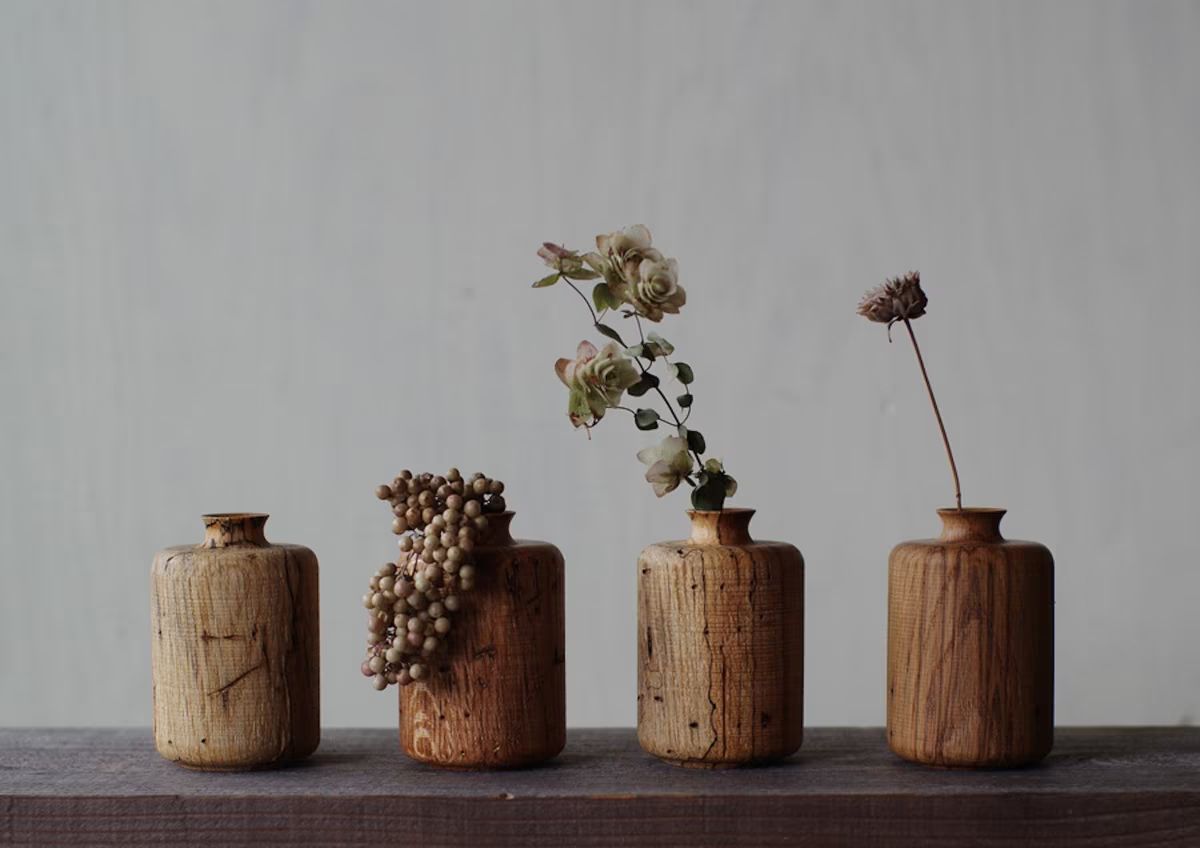
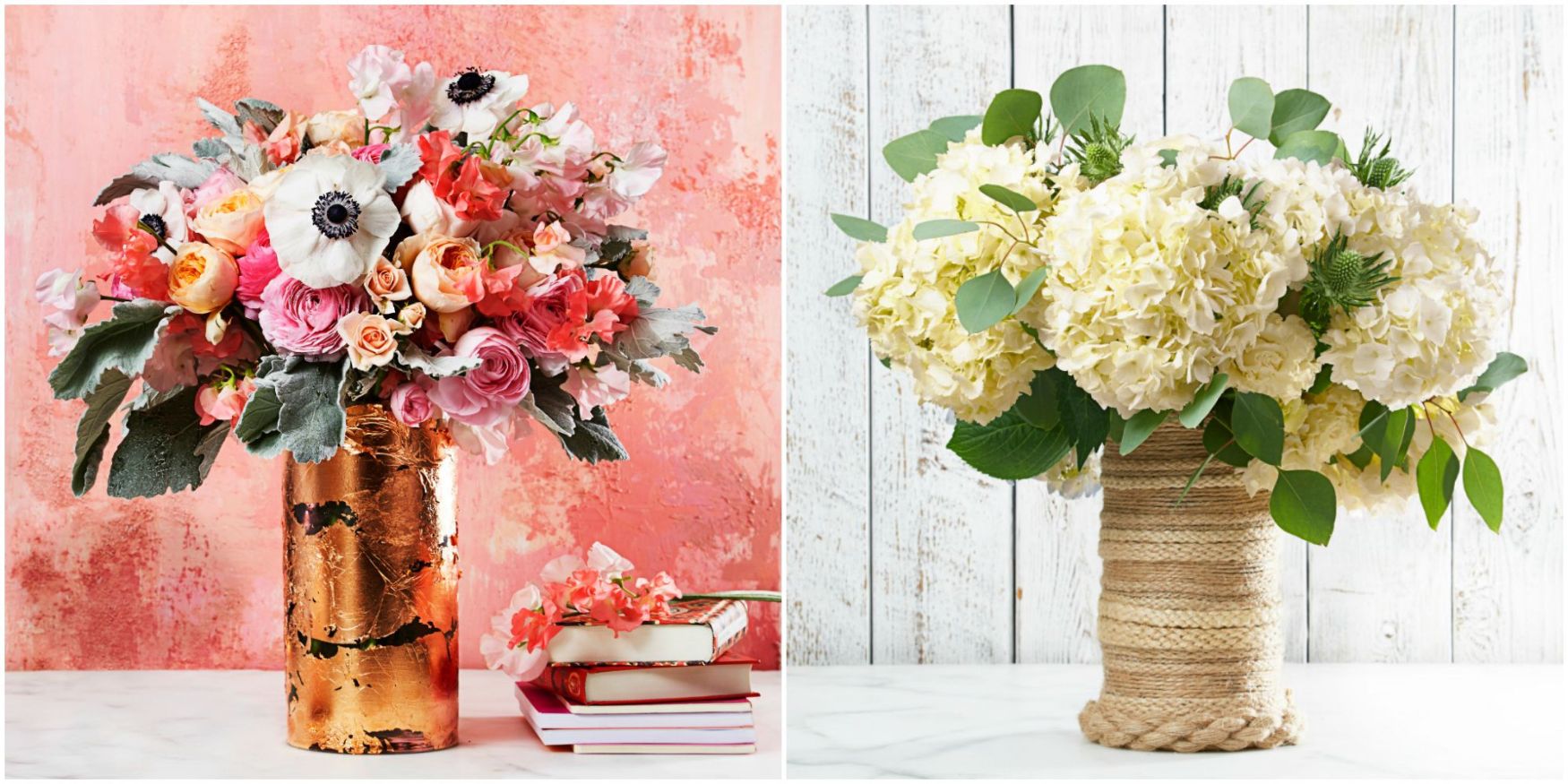
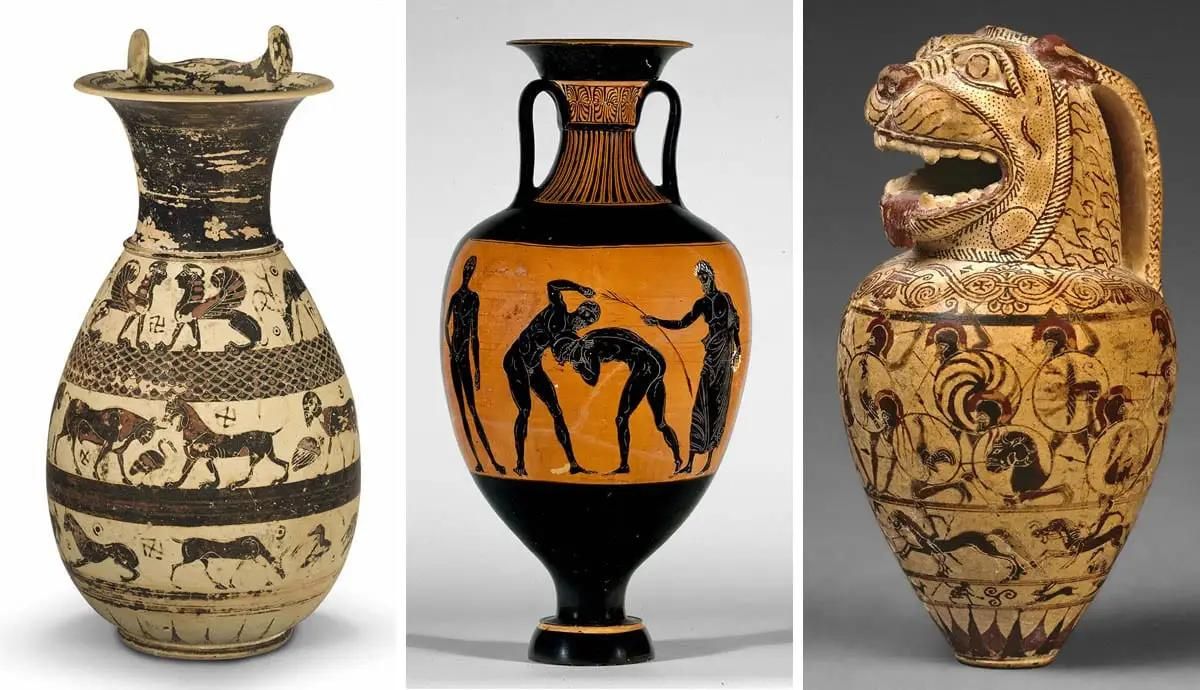
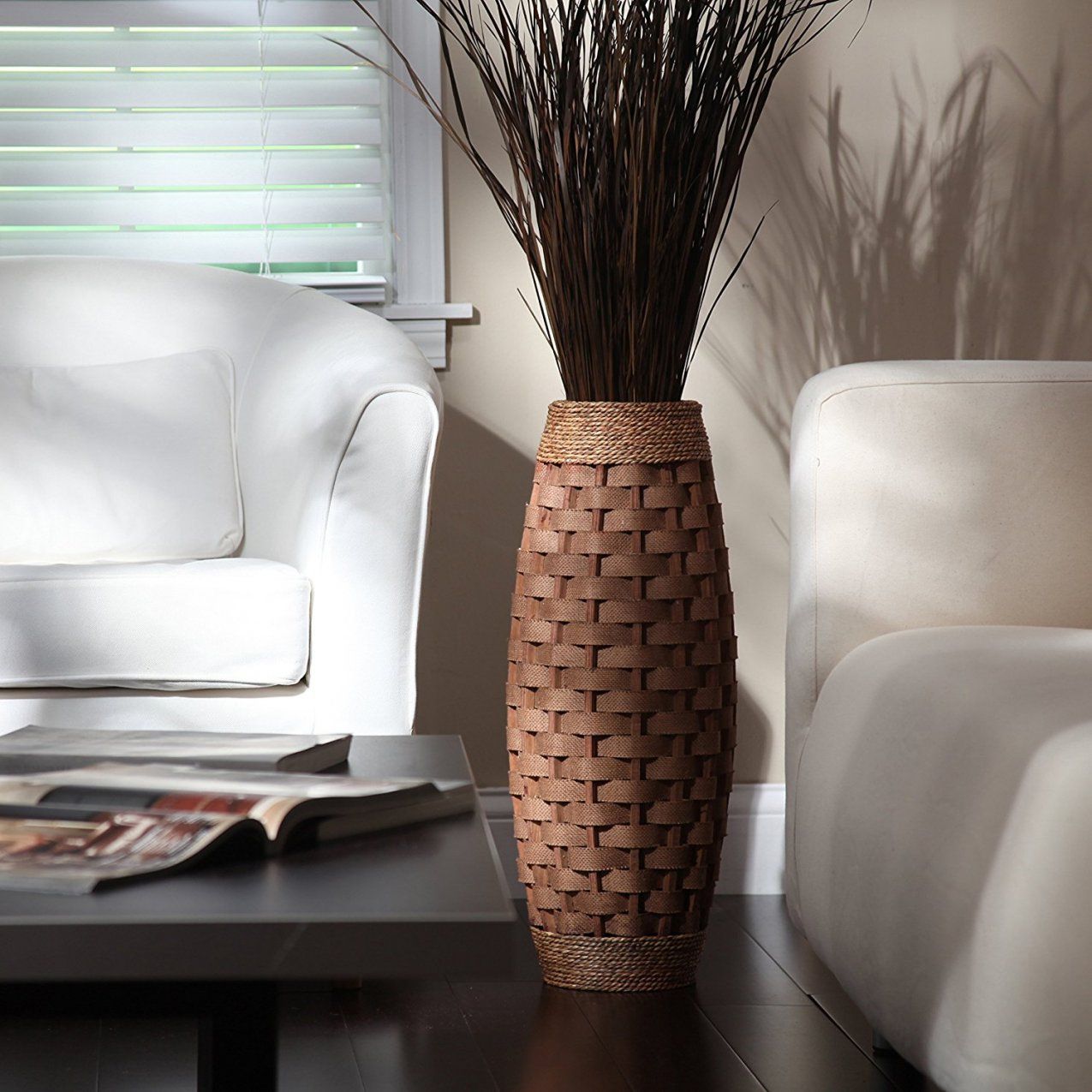
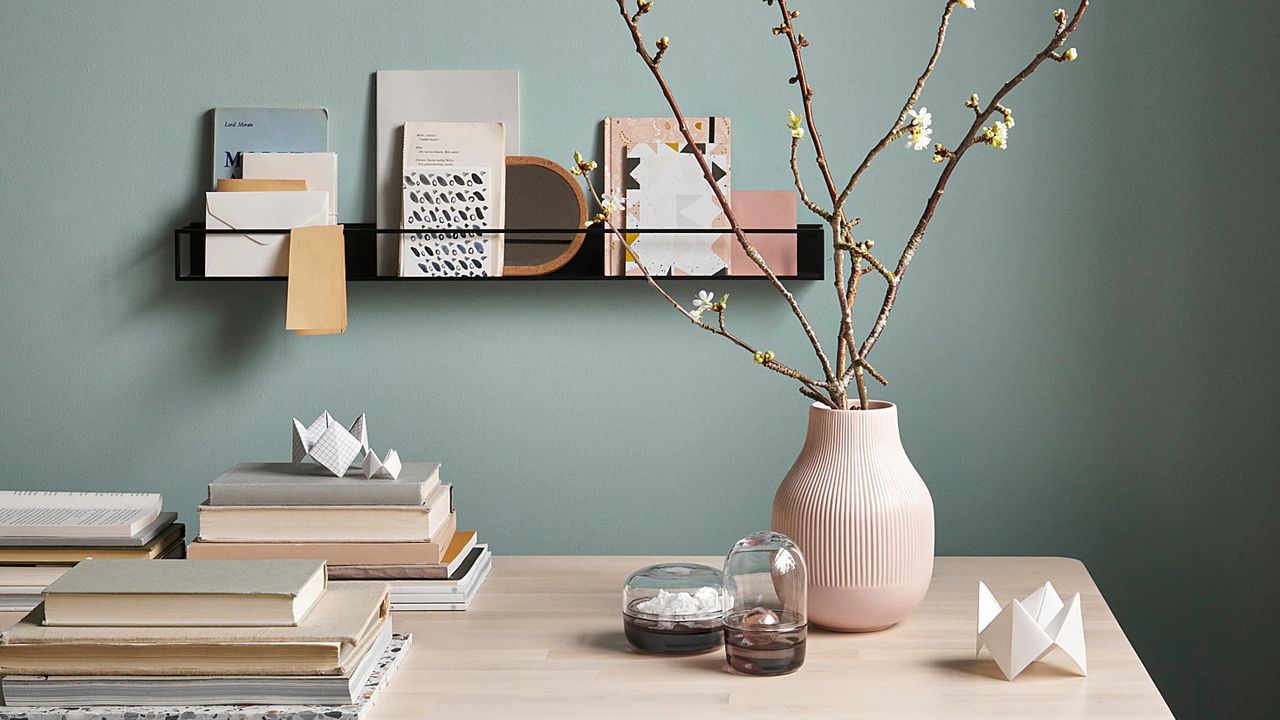
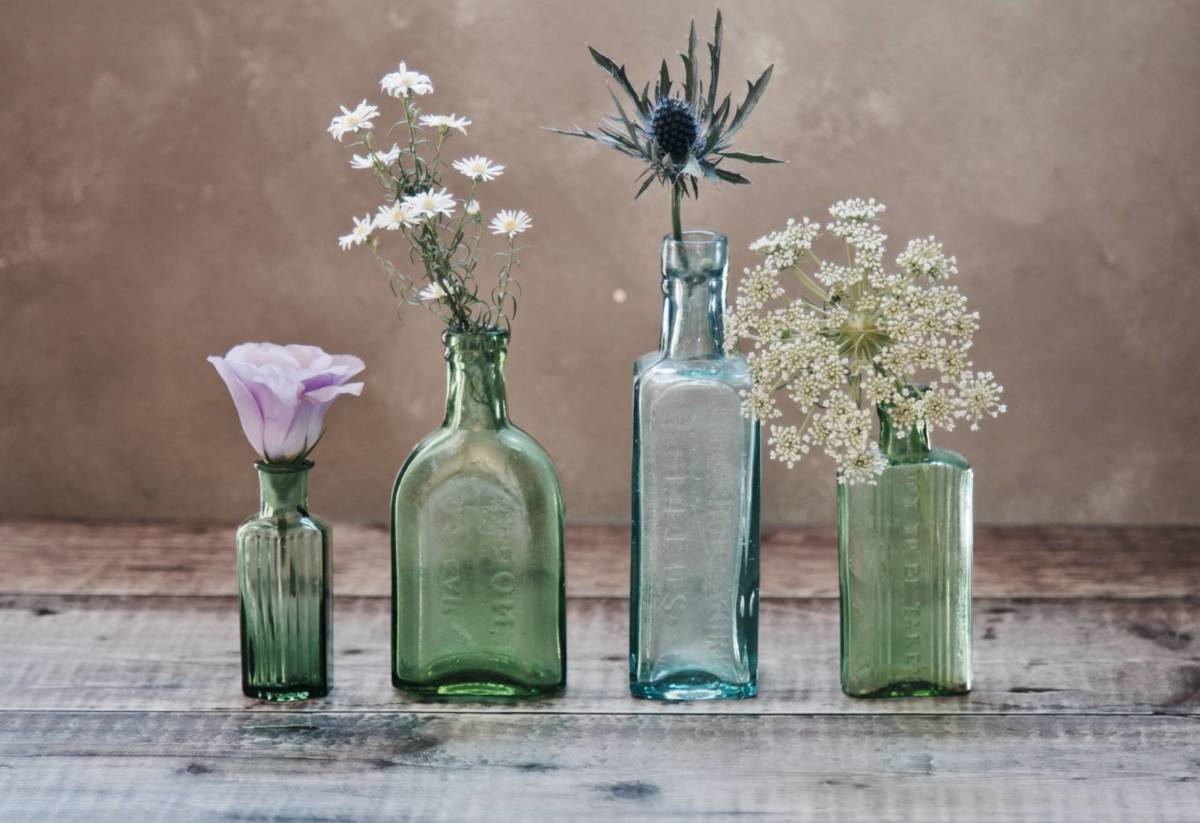
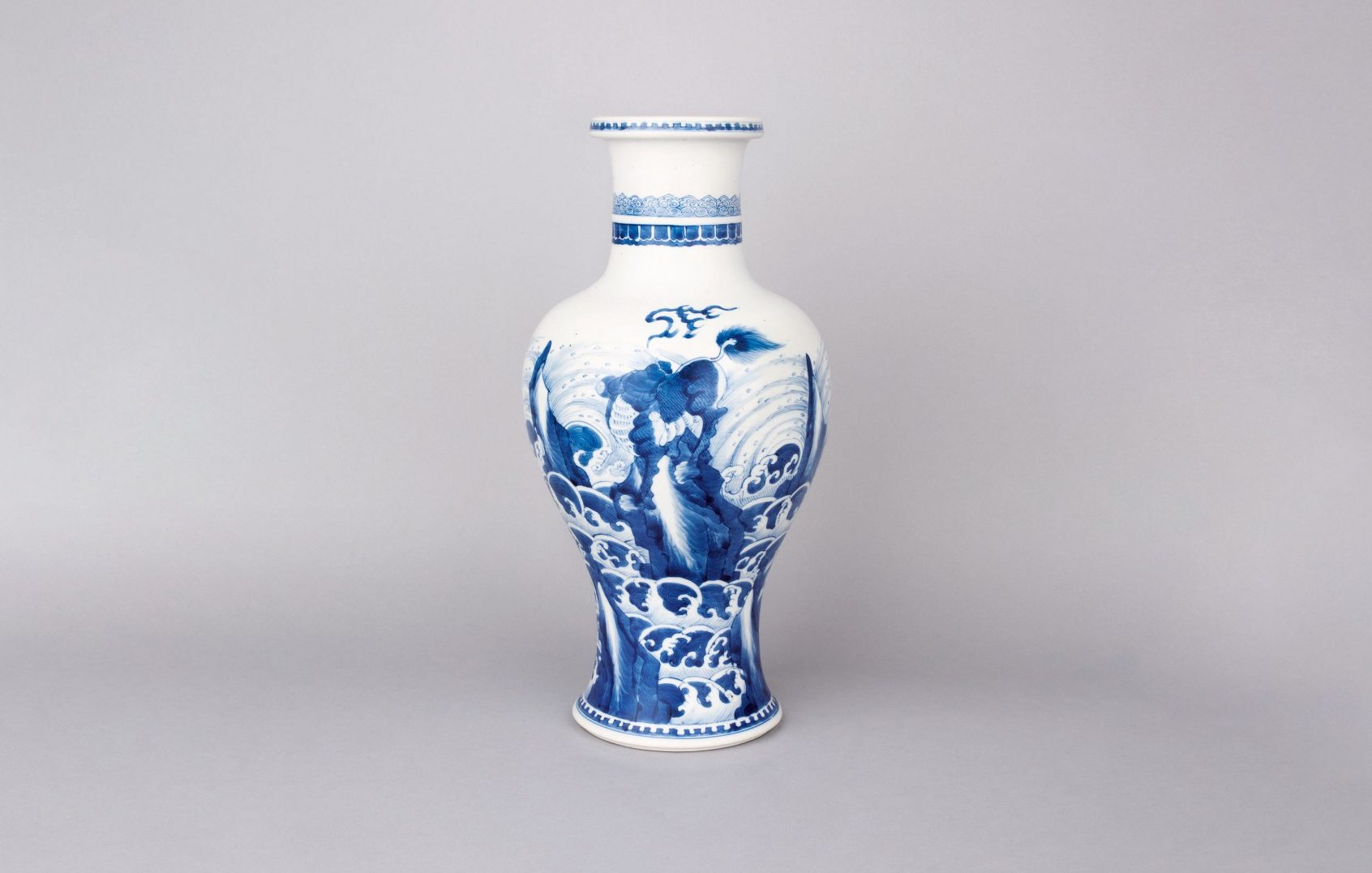
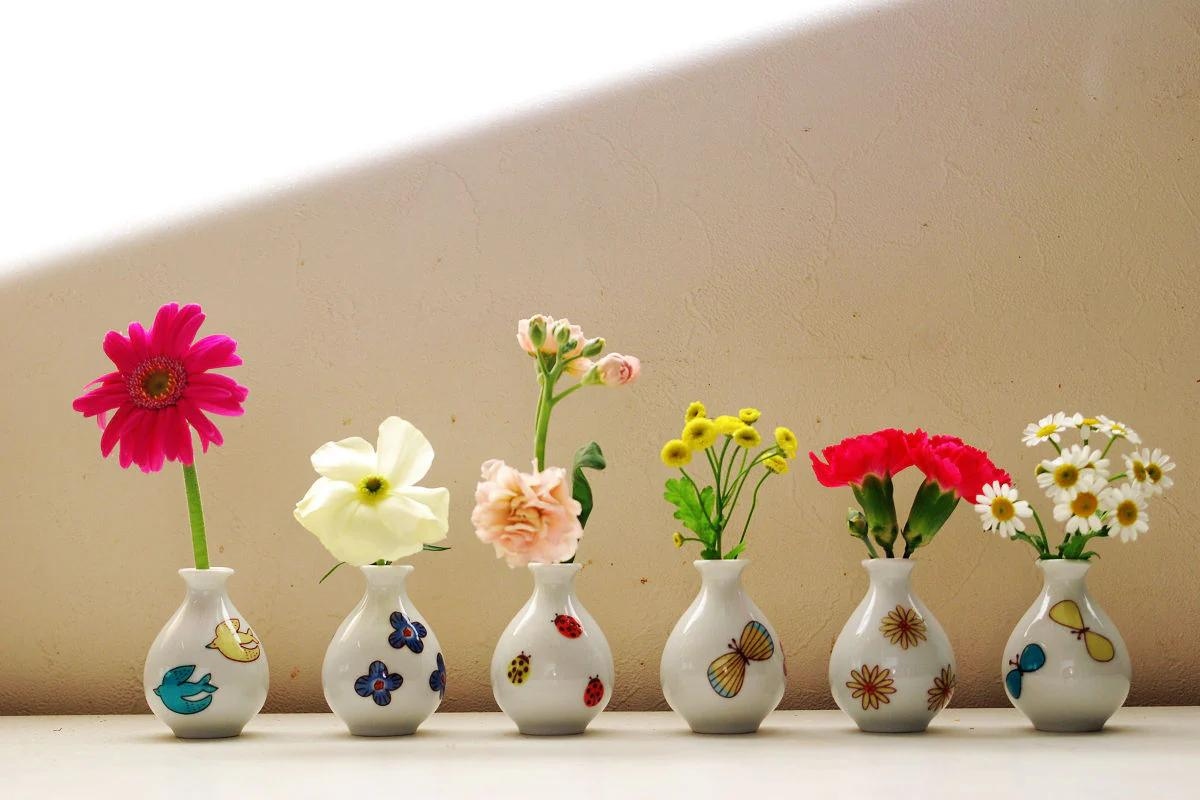
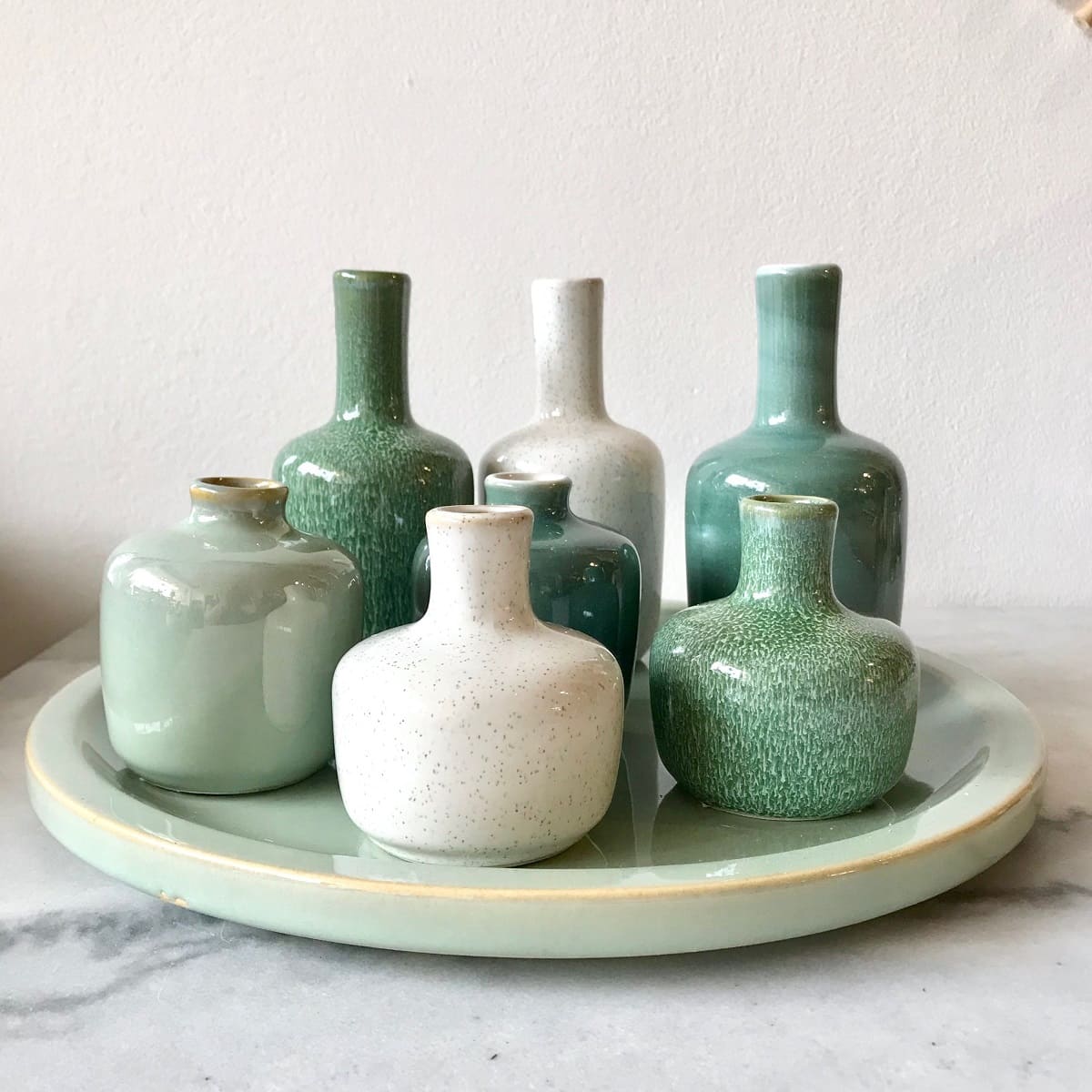
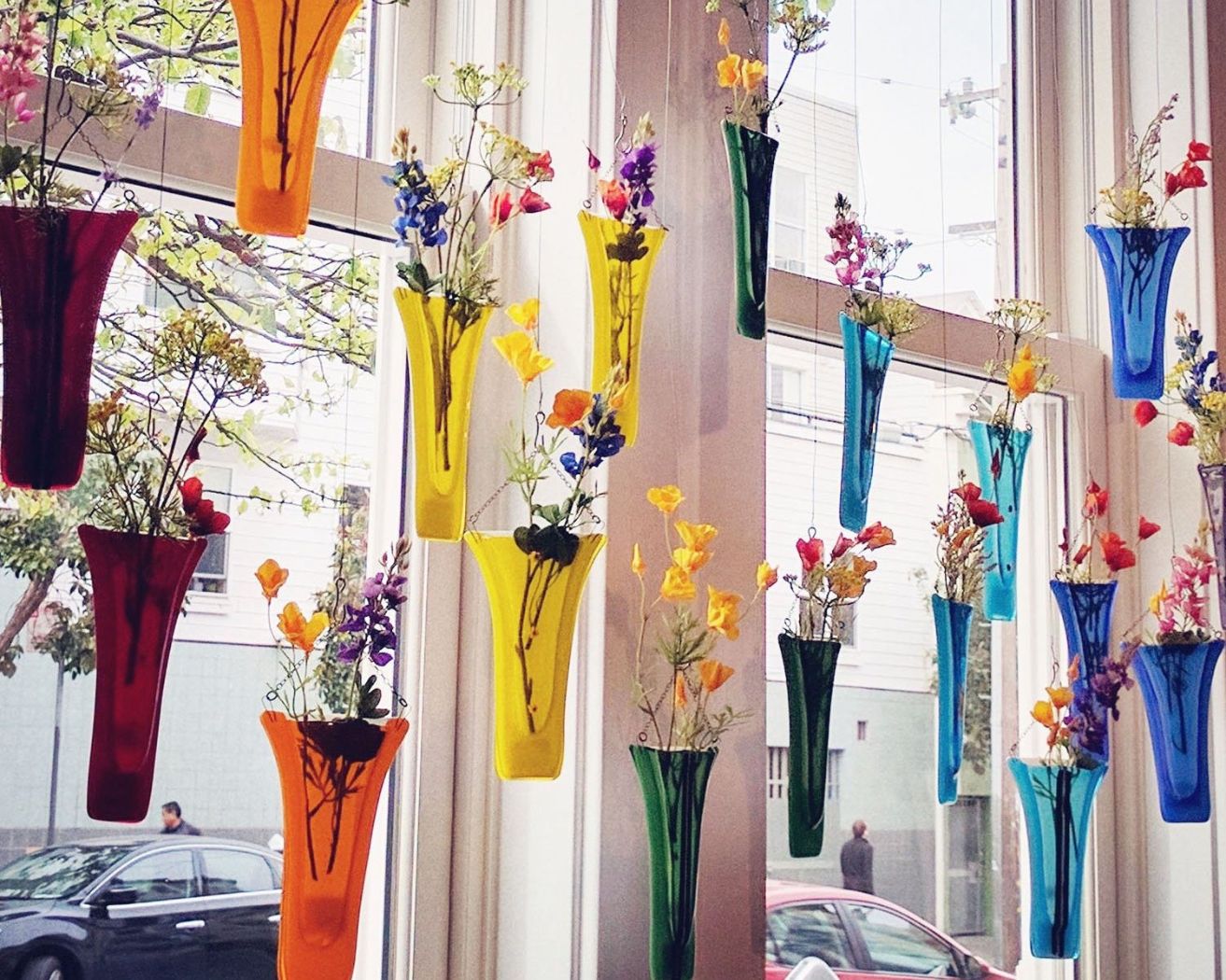
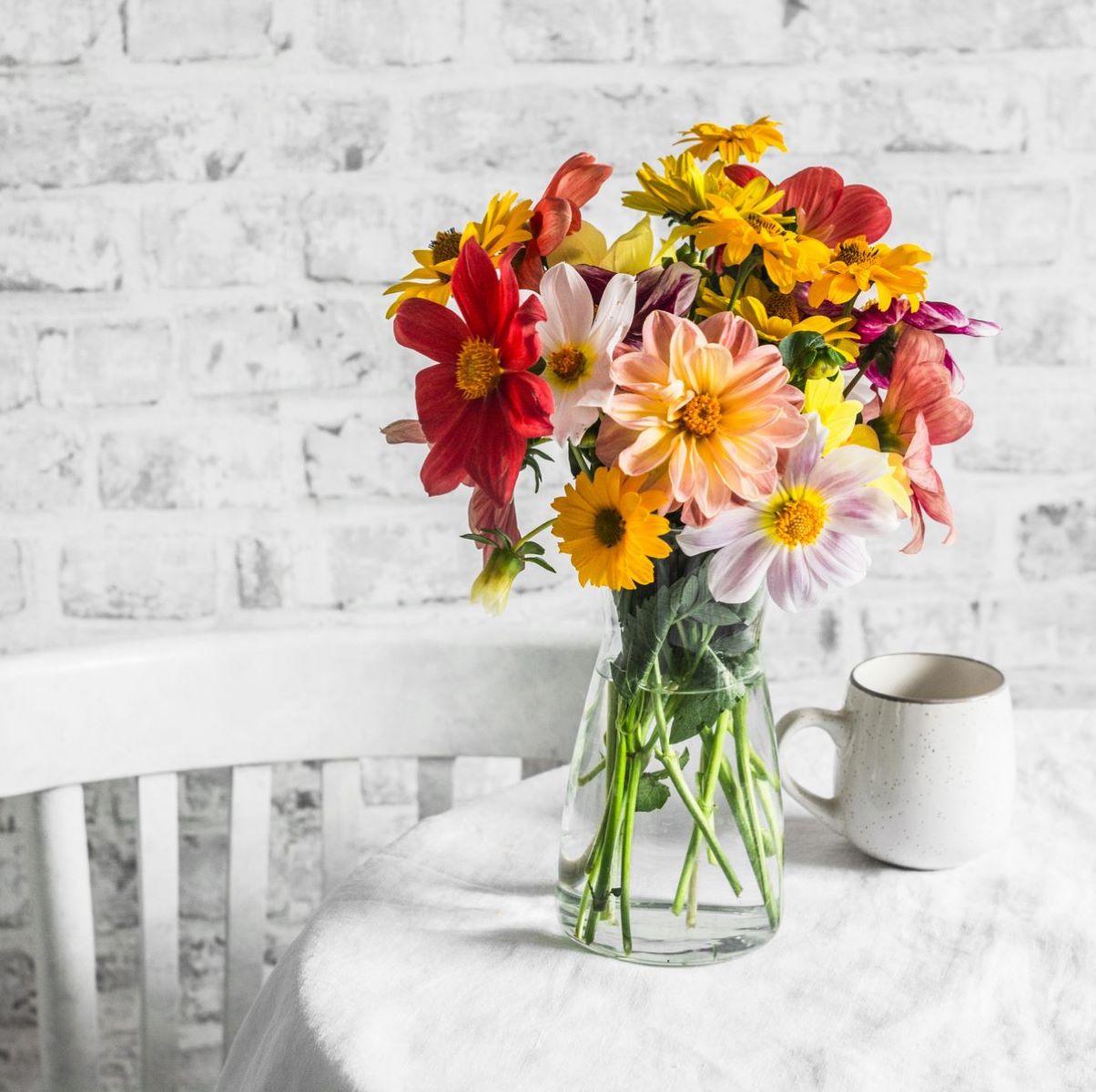
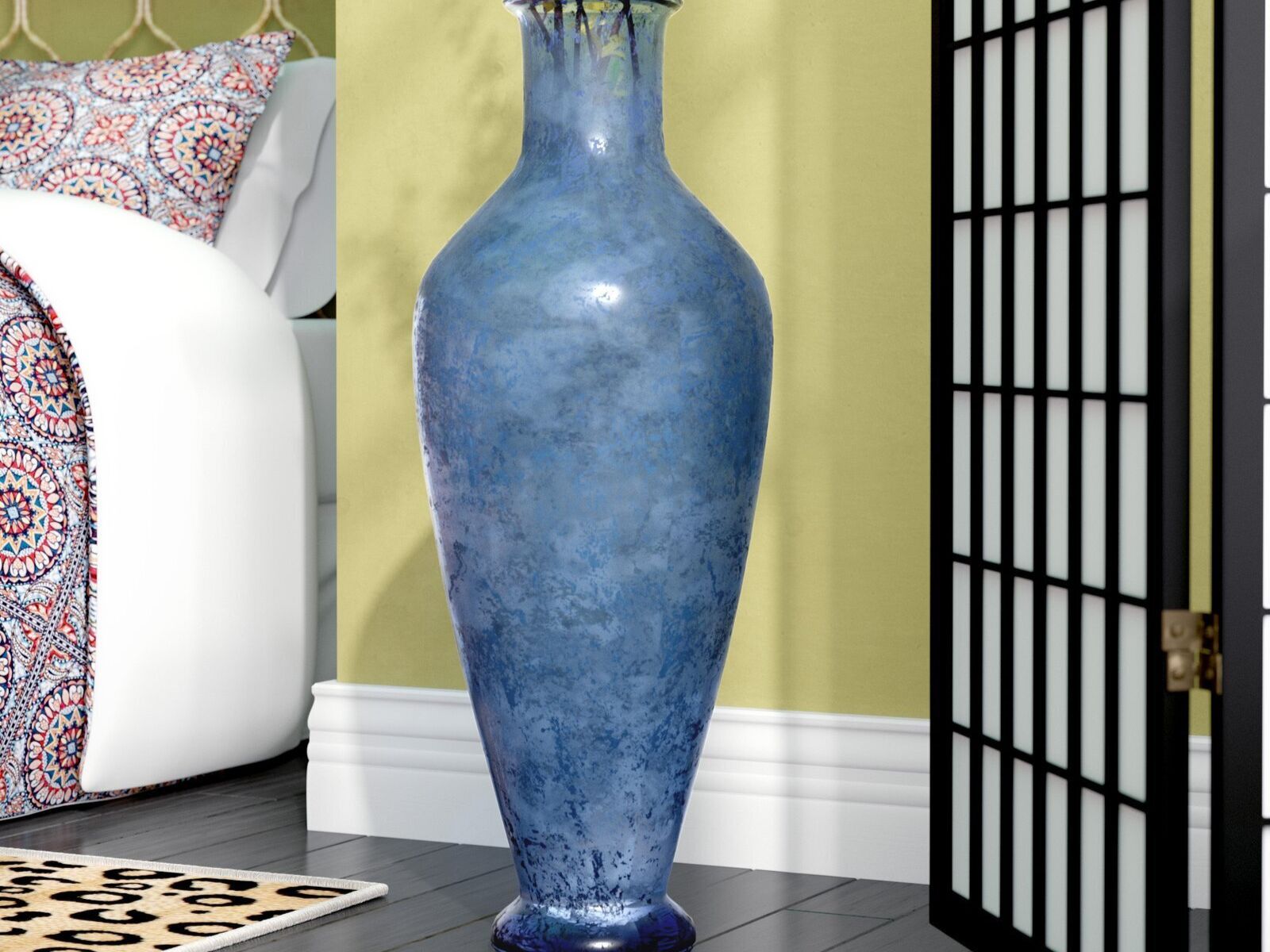
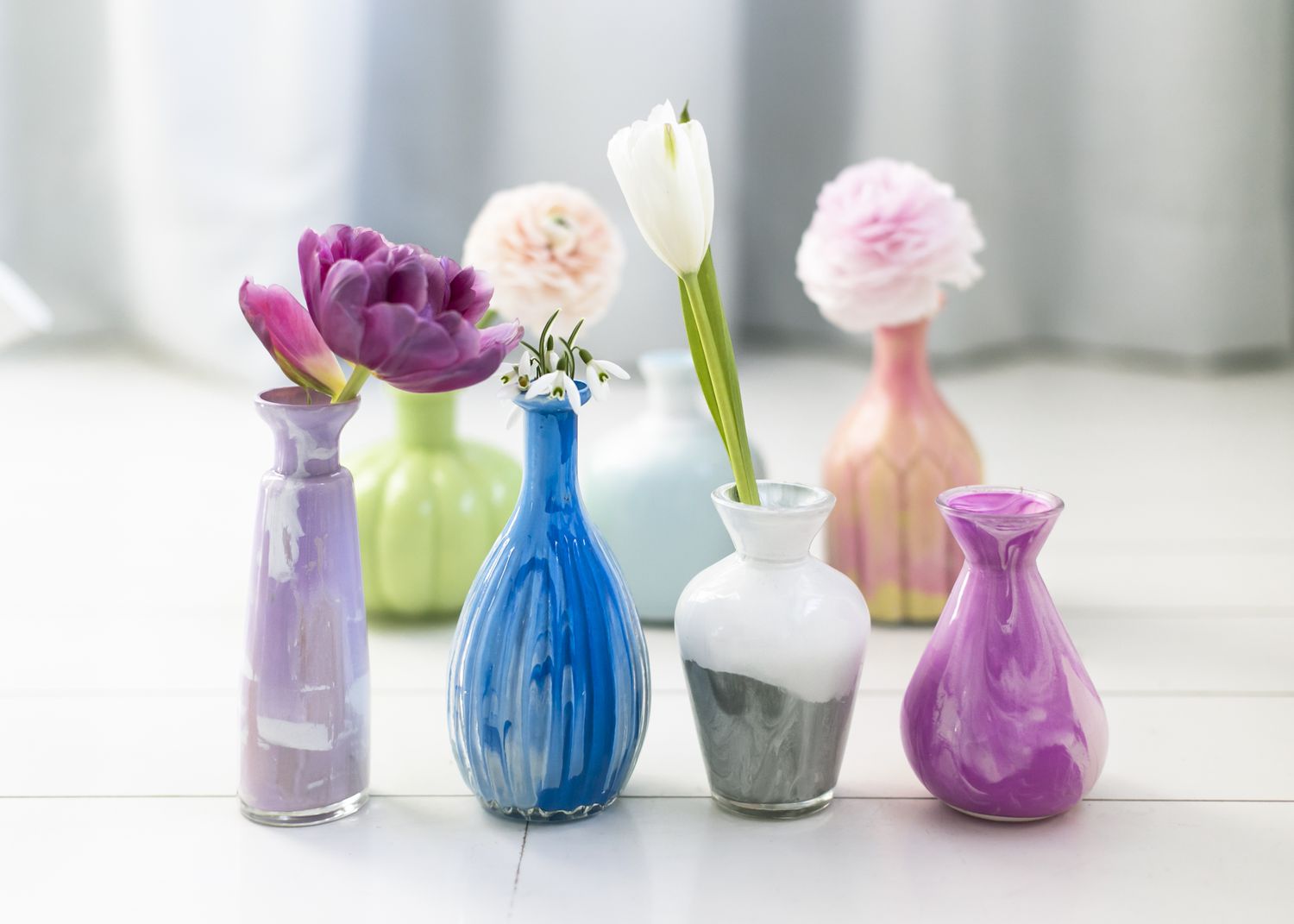
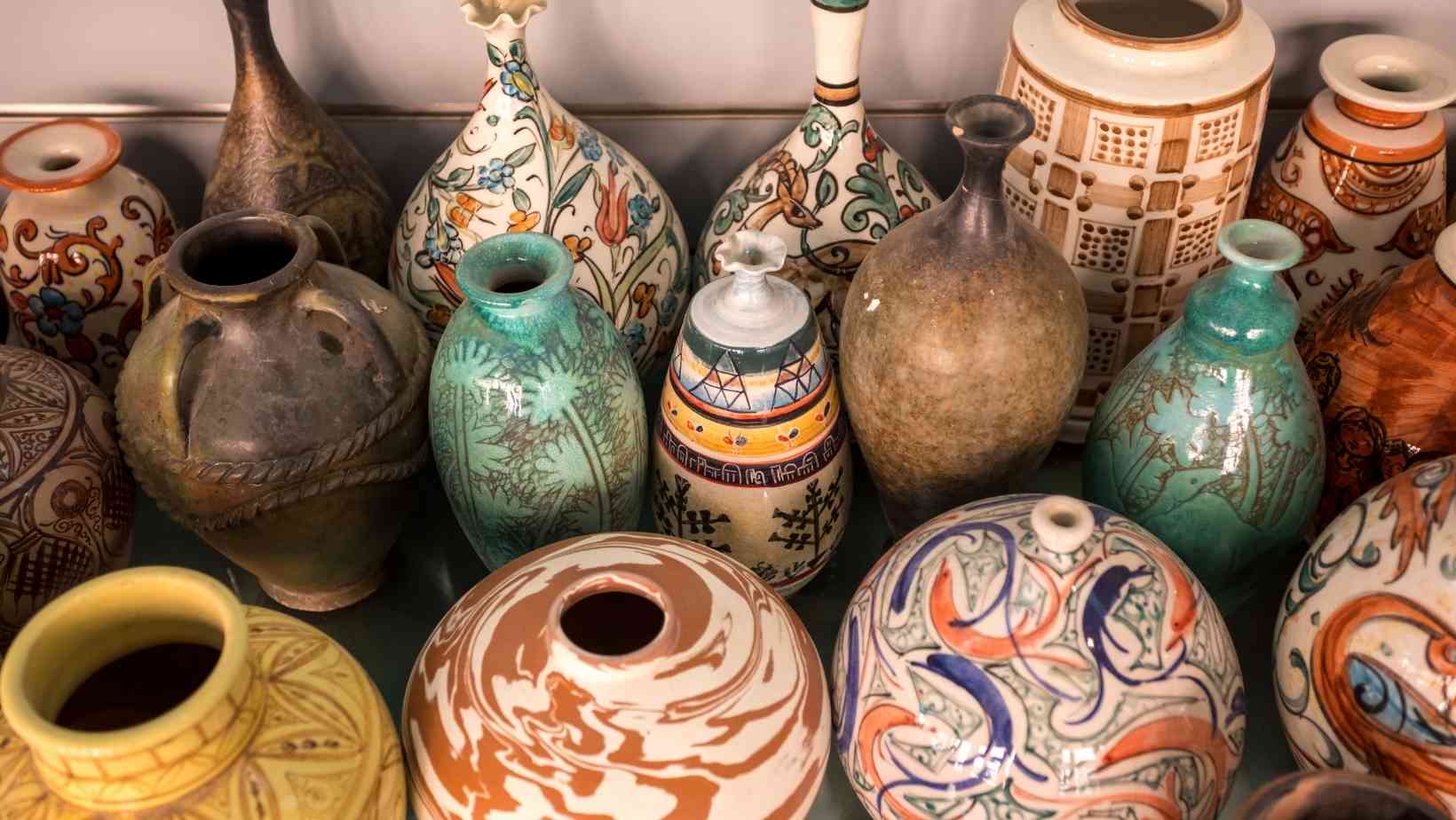

0 thoughts on “What Are Vases For”